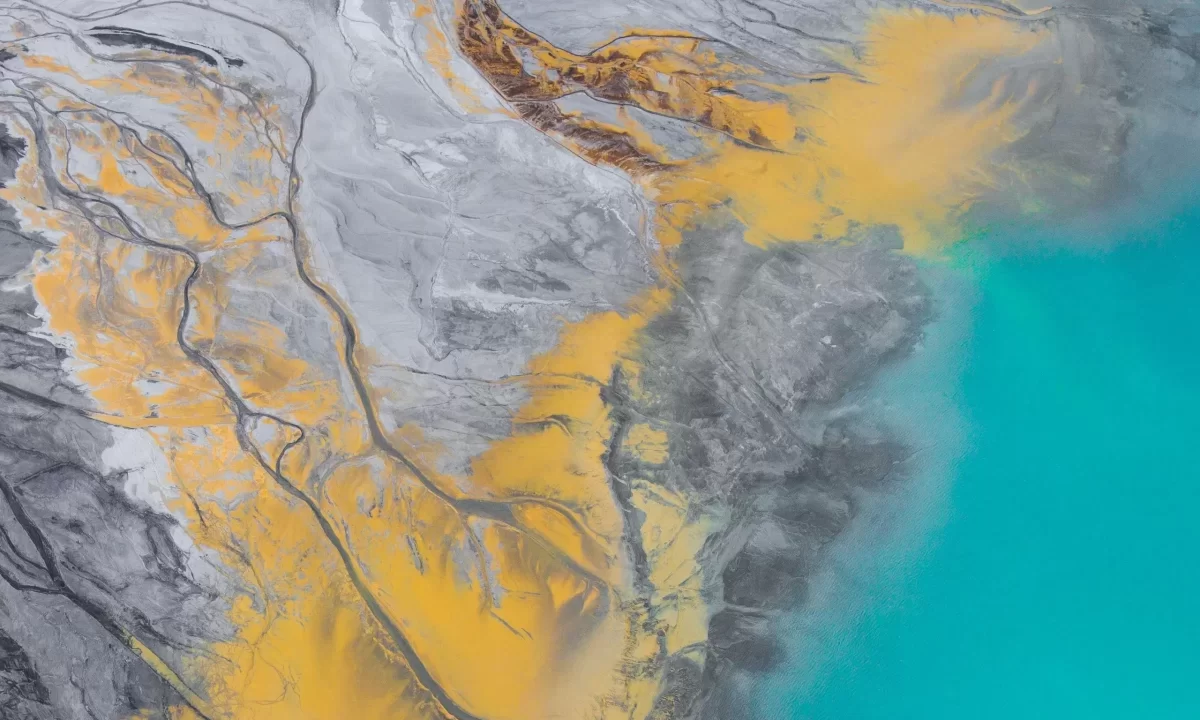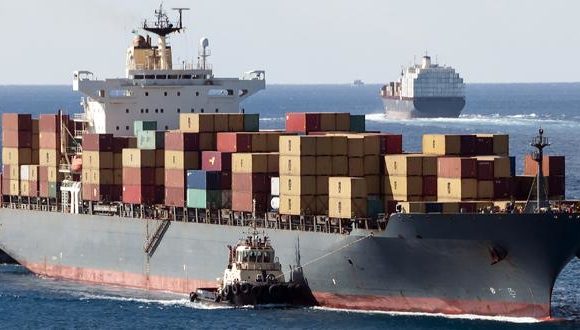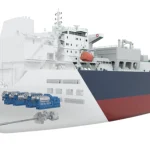Oil Spill Cleanup: The Tech Cavalry Riding to the Rescue of Our Oceans

Imagine a vast oil slick, a tarry monster threatening marine life and coastlines. It’s a nightmare scenario, but thankfully, science and innovation are stepping up to the challenge. Forget the old days of booms and buckets – oil spill cleanup is getting a high-tech makeover, and the results are nothing short of incredible.
Not Your Average Sponge: Super-Sorbent Materials
Say hello to the new superheroes of oil absorption! Scientists have created materials that are like sponges on steroids, soaking up oil like a thirsty camel at an oasis. These super-sorbents can hold many times their weight in oil, making cleanup faster and more efficient. Some are even reusable, giving them an eco-friendly edge. We’re talking about materials like the “Oleo Sponge,” developed by Argonne National Laboratory, which can absorb up to 90 times its weight in oil and be wrung out and reused multiple times. Other innovations include nanocellulose-based materials, which are derived from wood pulp and can be moulded into various shapes for targeted cleanup, and even specially treated feathers, which naturally repel water but attract oil. Think of them as the Marie Kondo of oil spills – tidying up messes with remarkable efficiency.
Microbes to the Rescue: Bioremediation Power
Nature has a talent for cleaning up its own messes, and we’re harnessing that power with bioremediation. Certain microbes, like bacteria and fungi, have a hearty appetite for oil, munching on it and breaking it down into less harmful substances like carbon dioxide and water. It’s like unleashing a microscopic army to devour the slick, a natural and sustainable approach to remediation. Companies like Microbe Technologies Inc. are already using this technology to clean up contaminated sites with their specialized microbial blends. We’re even genetically engineering these little guys to be super-eaters, like the oil-eating bacteria developed by researchers at the University of Texas, which can break down oil up to 50 times faster than naturally occurring strains. Talk about a tiny but mighty solution!
Magnetic Attraction: Iron-Filled Soaps
This one sounds like something out of a sci-fi movie, but it’s real! Scientists have whipped up a special soap that’s filled with tiny iron particles. When it comes into contact with oil, it binds to it, creating a magnetically susceptible substance. Then, a giant magnet is deployed to collect the whole lot, like a cosmic cleanup crew with a magnetic wand. Researchers at the University of Bristol are exploring the potential of this technology, which could be particularly useful in areas with ice cover or in sensitive ecosystems where traditional methods are challenging. Imagine a scenario where an oil spill under ice could be cleaned up without disturbing the fragile ecosystem above!
Skimming Vessels: The Speed Demons of Cleanup
Remember those old images of volunteers scooping up oil with buckets? Well, forget those. Enter the skimming vessel – a high-tech boat designed to suck up oil at lightning speed. Companies like Elastec and Markleen manufacture state-of-the-art skimmers equipped with booms, rotating drums or belts, and advanced pumping systems, allowing them to operate in rough seas and even at night. These vessels have become essential tools for rapid response teams, especially in large-scale spills. They can collect vast amounts of oil quickly, minimizing the time it has to spread and cause further damage. They’re like the vacuum cleaners of the sea, slurping up that mess before it can wreak havoc on marine life and coastlines.
Dispersants: Breaking Down the Slick
Dispersants are chemicals that act like dish soap on a greasy pan, breaking oil into smaller droplets. This makes it easier for microbes to feast on them, speeding up the natural biodegradation process. While dispersants have a history of controversy due to potential environmental impacts, newer formulations are being developed with greater biodegradability and less toxicity. One example is Corexit 9500, a dispersant used during the Deepwater Horizon oil spill, which has been reformulated to be less harmful to marine life. The use of dispersants remains a subject of ongoing debate and research, but they can play a role in certain scenarios to help mitigate the immediate impact of a spill.
Burning It Off: Controlled In-Situ Burning
Sometimes, the most effective way to deal with a big slick is to burn it off. Don’t worry, this isn’t some haphazard bonfire on the ocean. Controlled in-situ burning is a carefully managed technique, with booms deployed to contain the fire and strict protocols to minimise air pollution. It can quickly reduce the volume of oil on the water’s surface and lessen its impact on shorelines, especially in remote areas where other methods might be difficult to deploy. For example, in-situ burning was used during the Deepwater Horizon spill to remove large amounts of oil quickly. It’s a dramatic solution, for sure, but sometimes desperate times call for fiery measures.
The Future of Oil Spill Cleanup
While these technologies are making huge strides, the fight against oil spills is far from over. Research is ongoing, with scientists exploring everything from nanotechnology to robotics to create even more efficient and sustainable solutions. Nanomaterials are being developed that can selectively absorb oil, while autonomous robots could be deployed to clean up spills in dangerous or inaccessible areas.

The goal is to create a comprehensive toolbox of strategies to tackle these disasters, ensuring that no matter where or when a spill occurs, we have the right tools to minimise its impact.
Prevention Is Still a Key
Of course, the best oil spill is one that never happens. Stricter regulations, better safety practices in the oil and gas industry, and a shift towards renewable energy sources are all crucial in preventing these ecological nightmares. But in the meantime, we’re glad to have these technological knights in shining armour ready to charge into battle when needed.
The Takeaway
The next time you hear about an oil spill, don’t despair. While the situation is serious, there’s hope on the horizon. Innovative technologies are constantly evolving, making cleanup efforts faster, more efficient, and less harmful to the environment. We’re not just mopping up spills; we’re forging a cleaner, healthier future for our oceans.
References
Argonne National Laboratory. Oleo Sponge. https://www.anl.gov
Microbe Technologies Inc. Bioremediation. https://microbesbiosciences.com
University of Bristol. Magnetic soap. 2012: Magnetic soap | News and features | University of Bristol
Elastec. Oil spill recovery equipment. Elastec | Oil Spill Equipment | Innovative Environmental Products
Markleen. Oil spill response equipment. Auxiliary Equipment | Oil Spills Clean-up | MARKLEEN
National Academies of Sciences, Engineering, and Medicine. (2019). The Use of Dispersants in Marine Oil Spill Response.
Bureau of Safety and Environmental Enforcement. In-situ burning.
National Institute of Standards and Technology. Nanomaterials for oil spill response. Nanotechnology-based remediation of petroleum impurities from water – ScienceDirect















